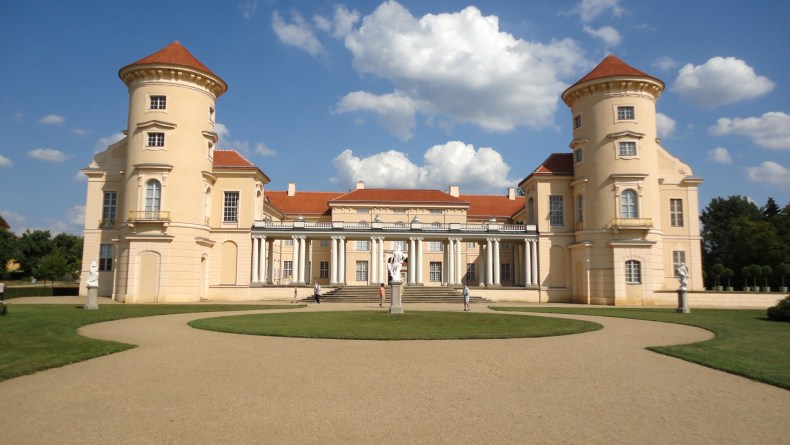While Neil MacGregor is gearing up for the opening of the Humboldt Forum in 2019, for which Berlin’s city palace is being partly re-erected, the surviving former residences of Germany’s imperial family are to receive an exceptional financial package. An agreement signed at the end of last month by the minister for culture Monika Grütters and other dignitaries sets forth that the German government and the states of Berlin and Brandenburg have pledged 400 million euros for the preservation of the Prussian palaces that are in greatest need of repairs and restoration.
The Foundation for Prussian Palaces and Parks (SPSG, Stiftung Preussische Schlösser und Gärten), an institution comparable to Britain’s Historic Royal Palace (HRP), looks after 150 buildings and gardens, most notably Frederick the Great’s palaces and parks of Sans Souci, which were declared UNESCO World Heritage Sites in 1990. Taken as a whole, the Prussian palaces receive two million visitors a year and the parks five.
Earlier investments allowed for the restoration and re-opening of places such as Frederick II’s hunting lodge, Schloss Rheinsberg, which neighbours the charming Schloss Mirow, birthplace of George III’s consort, Queen Charlotte. The new grant seeks to provide financial support to the Foundation for Prussian Palaces and Parks until 2030 – 200 million euros coming from the German State as well as 131 and 69 million from the federal states of Brandenburg and Berlin respectively.
Schloss Rheinsberg. Photo: Philipp Guttmann/Wikimedia Commons (used under Creative Commons licence [CC BY-SA 3.0])

While many palaces were either damaged or destroyed during the Second World War, a large proportion of the phenomenal Prussian royal collection was saved and is now displayed in Berlin, Potsdam, and elsewhere. There were some extremely keen collectors and patrons among the Kings of Prussia and German Emperors. Frederick the Great is well known to art enthusiasts and connoisseurs as a collector of Old Masters, Watteaus, gold boxes, and porcelain, and as the patron of the most extravagant furniture commissions. Yet this legacy is much less well known to the general public.
Roughly 60 individual projects have been mapped out (20 projects in the next five years), including the restoration of Schloss Charlottenburg’s façade and roof, which is already under way, the Orangery Palace, and the Neues Palais in Potsdam. The latter was built by Frederick the Great after the Seven Years War to show the world that, regardless of the high cost of his military actions, he could afford to spend lavishly on art and architecture. The distinctively grand, late Baroque residence designed by Carl von Gontard was hardly used by Frederick himself, but it later became Kaiser Wilhelm II’s favourite residence. It is here, in the Grottensaal, that the imperial family celebrated Christmas, the candlelight of an entire forest of decorated trees bouncing off 24,000 shells, fossils, and crystals covering the walls and ceiling in geometrical patterns. The conservation of this most spectacular interior, completed in 2015, was paid for by the first instalment of the government’s laudable financial package.
The Foundation would benefit greatly from a comprehensive online catalogue; not only would this advertise its first-class collections and the less visited palaces – such as Schloss Oranienburg with its extremely important set of Brussels tapestries – but it could also make new research and findings accessible to curators and researchers. Germany’s investment in the preservation of Prussia’s historic buildings is most commendable and it is to be hoped that additional funding will be found to make the palaces and their collections accessible online to an audience across the globe.



